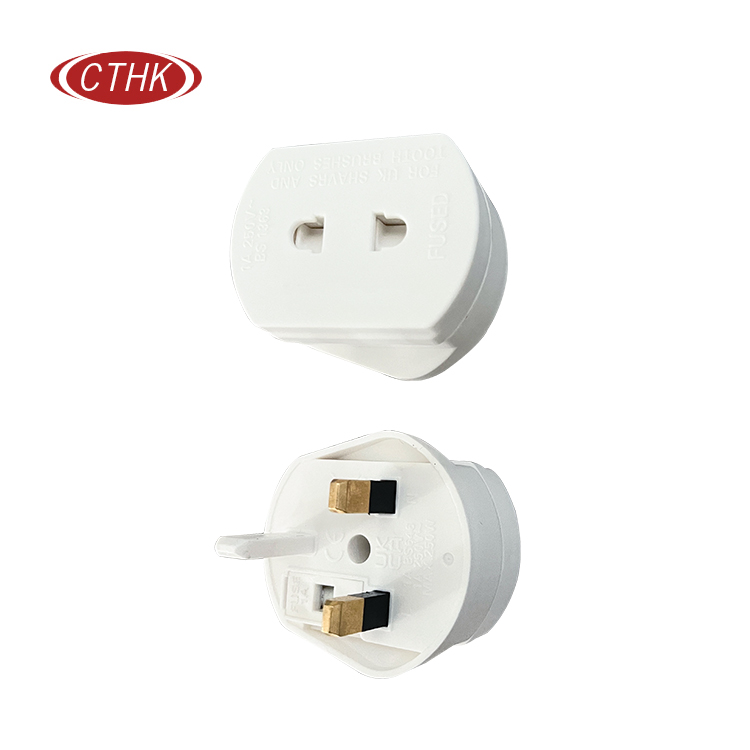In our daily life and work, power strips are indispensable equipment, which provides convenient power connection for our various appliances. However, many people are not very clear about how many appliances a power strip can carry without overloading, which is not only related to the normal use of appliances, but also involves the issue of electricity safety.
1. Understand the rated power of power strips
Each power strip has its specific rated power, which is usually clearly marked on the outer shell of the strip. The rated power refers to the maximum power value that the strip can safely carry. For example, a power strip with a rated power of 2500 watts means that the total power it can withstand under normal use cannot exceed 2500 watts.
2. Calculate the power requirements of appliances
To determine how many appliances a power strip can carry without overloading, you first need to understand the power requirements of the connected appliances. The power of different appliances varies. The power of common appliances is as follows:
Small appliances
Such as mobile phone chargers, desk lamps, etc., the power is usually between a few watts and tens of watts.
Medium-sized appliances
Such as computers, printers, etc., generally have a power of tens of watts to hundreds of watts.
Large appliances
Such as electric heaters, microwave ovens, etc., may have a power of hundreds of watts to thousands of watts.
You can find out the specific power of an appliance by checking its nameplate or manual. Add up the power of the connected appliances to get the total power requirement.
3. Consider the simultaneous use factor
In actual use, not all appliances connected to the power strip will be in working state at the same time. Therefore, it is necessary to consider the simultaneous use factor. The simultaneous use factor refers to the ratio of the actual power of the appliance used to the total power of all appliances connected to the strip at the same time.
For example, if the total power of the appliances connected to the strip is 2000 watts, but in actual use, the power of the appliances working at the same time may be only 1500 watts, then the simultaneous use factor is 1500/2000 = 0.75.
4. Suggestions for safe use of power strips
Do not exceed the rated power
In order to ensure the safety of electricity use, the rated power of the power strip must not be exceeded. If the total power of the connected appliances is close to or exceeds the rated power, you should consider using multiple strips or replacing them with higher power strips.
Avoid connecting high-power appliances
Try to avoid connecting high-power appliances, such as electric heaters and air conditioners, to ordinary power strips. These appliances should use dedicated sockets or strips to ensure safety.
Pay attention to the starting current of appliances
Some appliances will generate a large starting current when they start, which may instantly exceed the rated power of the power strip. Therefore, when connecting such appliances, pay special attention to whether their starting current is within the tolerance range of the strip.
Check the strip regularly
Regularly check whether the appearance of the power strip is damaged or the plug is loose. If problems are found, the strip should be replaced in time to avoid safety accidents.
Understanding the rated power of the power strip, calculating the power requirements of the appliances, and considering the simultaneous use coefficient are the keys to ensure the safe use of the power strip. Only by using the power strip correctly can we avoid overload operation and ensure our electricity safety. At the same time, we should also choose power strips with reliable quality and follow the correct usage methods to create a safe and stable electricity environment for our life and work.

 中文简体
中文简体 English
English Español
Español









